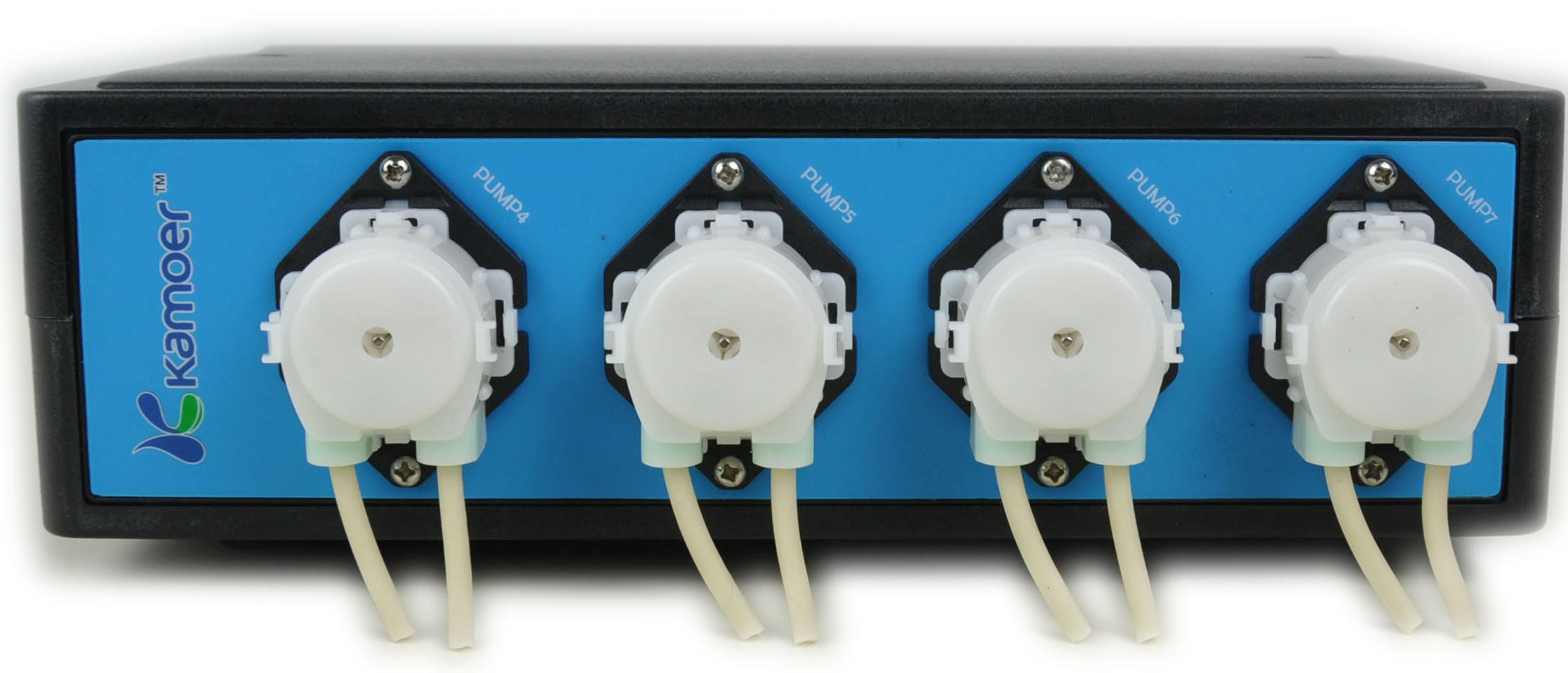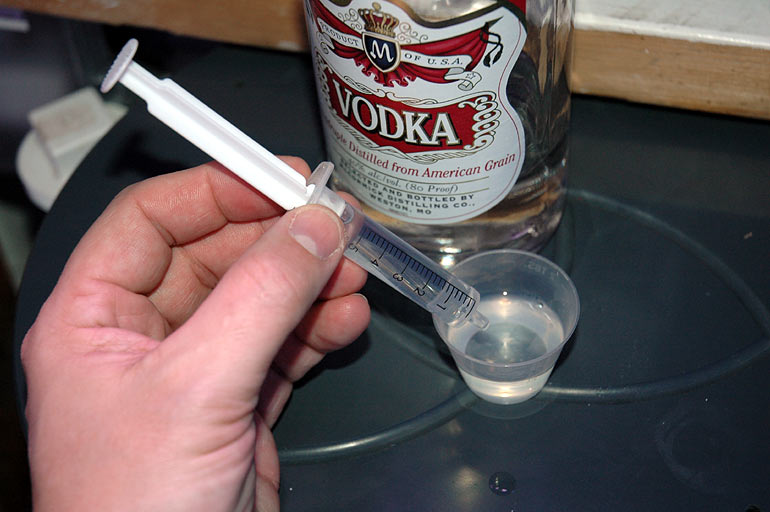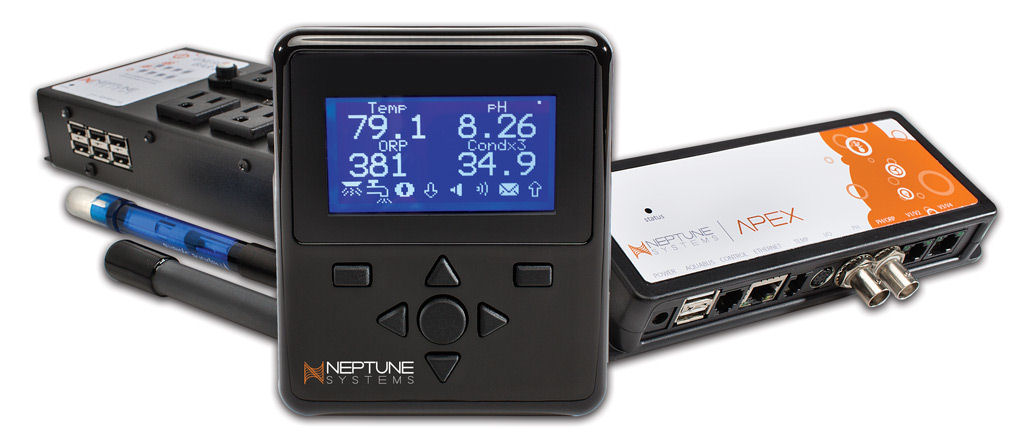Aquarium Dosing: You Have Options

auto doser
Aquarium Dosing: Brand new Reef Salt comes packed with good stuff, most of which precipitates or gets used up over time. There are many ways to replenish these things, the easiest of which is with regular water changes. Some tanks just consume far to quickly or require things that are not present in the salt used. For instances like these we use various methods of Dosing. Dosing is the act of adding chemicals to our aquarium. There are 3 methods of Dosing that we use today.

image via www.melevsreef.com
Manual Dosing- This is the easiest and cheapest method, along with the most widely used. It is also much safer in terms of overdosing, but does come with risks. It is easy to overdose on accident and if you go away for too long and don’t have someone dosing while you leave your tank could suffer as well. The best way to dose your tank properly is to measure what you are dosing! You must know what level your tank has so you know how much it needs or if it doesn’t need any at all. Using the directions, add the correct amount to your tank using a measuring device, usually supplied with the dosing juices at hand. Be careful not to mix chemicals or dose in too close of intervals to each other as indicated on the labels of most products. The list of products that can be dosed is nearly endless, ranging from Aragonite Milk to Zooplankton. This is a great cheap way to dose your tank.
Timed Dosing- This is designed to keep the tank a bit more stable, or at least on a common pulse of revitalization. To utilized Timed Dosing you will need a digital timer, a pump, hoses, and the liquid to be dosed. You can also use dosing pumps which can be completely controlled and eliminate needs for timers. They are not recommended for high volume dosing, like top off Kalk. Timed dosers will kick on at a designated time or times of the day, pump in the liquid until their time is up, and then stay off until the next scheduled power on. This can be great for tanks that have a relatively stable consumption rate or if you have a refrigerated auto feeder for your NPS tank. This is an amazingly affordable, yet precise guide to make your own.

Apex Controller
Controlled Dosing- The ultimate means of stability. Controlled dosing allows for automatic reading and stabilizing of anything they sell probes for, which is growing in variety quite quickly. For example: an Apex System with an ORP probe can turn on your Ozone reactor if your ORP is too low or Turn your skimmer off if it is too high, thus leveling out your readings. A pH controller can do things like add Kalkwasser when your pH drops. The possibilities are endless as far as automation. With some ingenuity you can control the world (of aquariums)!
You do not necessarily need a robot fish tank to have great success, it is all a matter of your level of hands on preference. If you want to sit back and do minimal maintenance go the controlled route. If you love to be in the tank, measuring liquids, manually testing, and in complete control then manual dosing is for you. All three methods have their pros and cons. Humans are not perfect and neither are their inventions.
Comments are closed.
